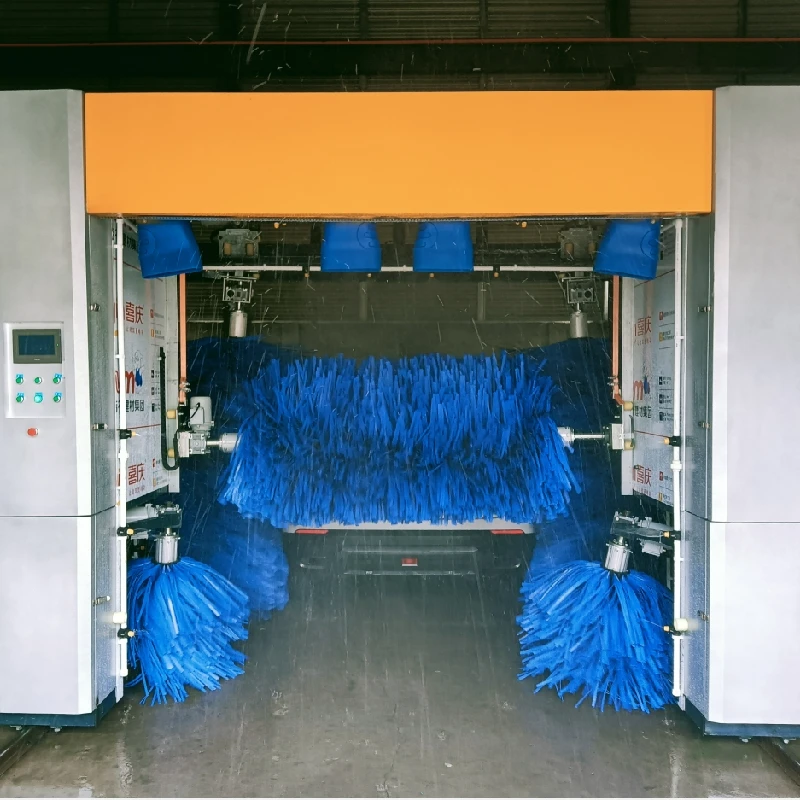undercarriage wash system
The Importance of Undercarriage Wash Systems in Modern Vehicles
In an era where sustainability and maintenance efficiency are paramount, the undercarriage wash system plays a critical role in vehicle care, particularly in industries such as construction, mining, and transportation. These systems are designed to clean the undercarriage of vehicles, ensuring longevity and optimal performance.
What is an Undercarriage Wash System?
An undercarriage wash system is a specialized cleaning apparatus that focuses on the lower part of a vehicle, which is often exposed to mud, dust, and various corrosive substances. These systems can range from manual setups using a hose and brush to sophisticated automatic installations that utilize high-pressure jets and rotating brushes. The primary aim is to remove contaminants that could lead to rust, mechanical failure, and decreased operational efficiency.
Why is it Essential?
1. Preventing Corrosion Vehicles, especially those operating in harsh environments, are susceptible to corrosion due to accumulated debris and moisture. Salt, in particular, can accelerate this process. An effective undercarriage wash system removes accumulated substances, thereby reducing the risk of rust formation and extending the vehicle's lifespan.
2. Enhancing Performance A clean undercarriage allows for better mobility and functioning of essential parts such as brakes and suspension systems. Dirt and grime can compromise maneuverability and increase wear and tear on components, leading to costly repairs and downtime.
3. Safety Considerations An unhygienic undercarriage can pose safety risks. For instance, a build-up of dirt can lead to brake failure or other mechanical issues. Regular cleaning through an undercarriage wash system ensures that vehicles can operate at peak performance levels, reducing the likelihood of accidents caused by equipment failures.
undercarriage wash system

4. Environmental Compliance Many regions have regulations concerning the transfer of contaminants from one site to another. Heavy machinery and vehicles transporting materials can inadvertently carry mud and pollutants, leading to environmental degradation. Implementing a wash system not only helps in cleaning the vehicles but also aids in adhering to environmental standards, thus promoting sustainable practices.
Types of Undercarriage Wash Systems
There are several types of undercarriage wash systems employed across various industries
- Fixed Systems These installations are set up in specific locations, such as maintenance yards or washing depots. They typically include ramps and fixed high-pressure water jets that clean vehicles as they drive through.
- Mobile Systems Truck-mounted wash systems are becoming increasingly popular due to their flexibility. These units can be taken to different job sites, ensuring vehicles are cleaned on-the-go.
- Automated Systems For larger fleets, automated wash systems provide continuous performance without needing manual oversight. These systems can be programmed to operate at specific intervals and rates, encouraging routine maintenance.
Conclusion
In conclusion, undercarriage wash systems are an essential component of vehicle maintenance that contributes significantly to durability, performance, safety, and compliance. As industries continue to evolve, the emphasis on leveraging technology for more effective cleaning methods will likely grow, underscoring the need for businesses to invest in these crucial systems. Maintaining a clean undercarriage is not merely a matter of aesthetics; it is a proactive measure in asset management that ensures vehicles remain efficient and environmentally responsible.




